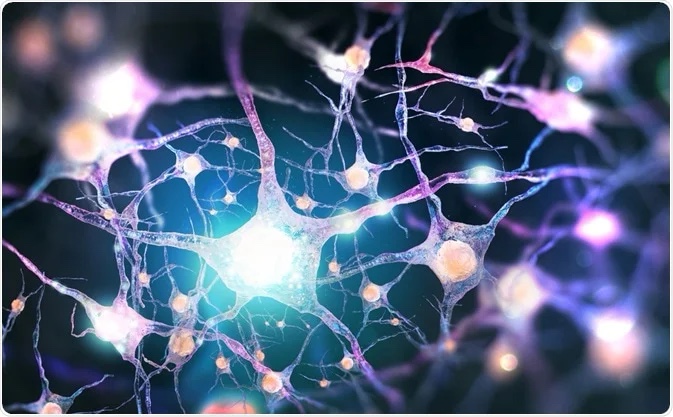The University of Colorado Boulder and the University of Queensland (UQ) in Brisbane, Australia have completed two new studies that have resulted in the identification of a unique molecule that not only consumes harmful cells, but also has the ability to repair damaged nerve cells.
CU-Boulder Professor Ding Xue, who led one study and co-authored the other, explained in a press release that the molecule, known as the phosphatidylserine receptor, or PSR-1, can locate and clear out apoptotic cells (cells that are no longer needed or are a threat to the organism and that are pre-programmed to die) as well as necrotic cells (cells in stages of death) that have been injured and are causing inflammation. Programmed cell death, or apoptosis, is a natural process that kills billions of cells in a typical human body each day.
But finding out that the PSR-1 molecule also helps reconnect and knit together broken axons, nerve fibers, is what has caught the focus of both the science teams.
“I would call this an unexpected and somewhat stunning finding,” said Xue of CU-Boulder’s Department of Molecular, Cellular and Developmental Biology. “This is the first time a molecule involved in apoptosis has been found to have the ability to repair severed axons, and we believe it has great therapeutic potential.”
Xue is the lead author on a paper being published Jan. 7 in Nature Communications that details how PSR-1 recognizes and removes cells that are pre-programmed to die or damaged. He also is co-author of the companion paper being published in Jan. 7 in Nature led by Associate Professor Massimo Hilliard of the UQ’s Queensland Brain Institute that shows the major role played by PSR-1 in the regeneration of nerve axons, a holy grail of sorts for neurologists involved with patients who have suffered central nervous system damage from accidents or diseases.
Both studies relied on a popular lab organism known as C. elegans, a nearly microscopic nematode that is fast growing, translucent and has a sequenced genome showing that nearly half its genes are closely related to corresponding human genes.
“This will open new avenues to try and exploit this knowledge in other systems closer to human physiology and hopefully move toward solving injuries,” said Hilliard. In the future, neurosurgery may be combined with molecular biology to deliver positive clinical outcomes and perhaps treat conditions like spinal cord or nerve injuries, he said.
During programmed cell death, apoptotic cells flag themselves for elimination by moving a specific cell membrane component known as phosphatidylserine (PS) from the inner membrane to the cell surface, setting them up to be engulfed. “These are what we call ‘eat me’ signals,” said Xue.
In contrast, broken axons in nerve cells send PSR-1 molecules an SOS alert. “The moment there is a cut to the nerve cell we see a change in the cell membrane PS composition, which acts as a signal to PSR-1 molecules in the other part of the nerve that essentially says “I am in danger, come and save me,” said Xue.
One of the most encouraging finding is that PSR-1 plays an early role in the axonal fusion process required for neuroregeneration, said Xue. “Whether human PSR has the capacity to repair injured axons is still unknown,” he said. “But I think our new research findings will spur a number of research groups to chase this question.”
While biomedical researchers have had some successes in repairing peripheral nerves and nerve clusters outside the brain and spinal cord in humans, there currently is no effective way to regenerate broken nerve cells in the central nervous system, said Xue. Such nerve damage can cause partial or total paralysis.
Xue first identified the PSR-1 receptor in 2003 and said that the collaboration between CU-Boulder and UQ has definitely pushed scientific discovery forward. He further explained the goals within the teamwork. “We are trying to understand how PSR-1 removes cells through apoptosis and necrosis, and they are trying to understand if molecules involved in apoptosis also play a role in the neuroregeneration process.”
CU-Boulder postdoctoral researcher Yu-Zen Chen, a Nature Communications paper co-author, said the team currently is trying to find ways to raise the level of the PSR-1 in nematode cells, which likely would promote faster healing in nerve axons. “We think the higher the PSR-1 level, the higher the repair capacity of the molecule,” said Chen.
Xue said C. elegans is an ideal organism to use in the hunt for new therapeutics to treat nerve damage because of its relatively small, well-known genome and short life span – just a few days. “This makes drug screening much easier, faster and less expensive than using a mouse model, for instance,” said Xue.
“The big finding is that we have a single receptor that does two different jobs,” Xue said. “We don’t have a solution yet for treating people with nerve damage, but we feel these findings offer promise in seeking new and effective therapeutics.”















